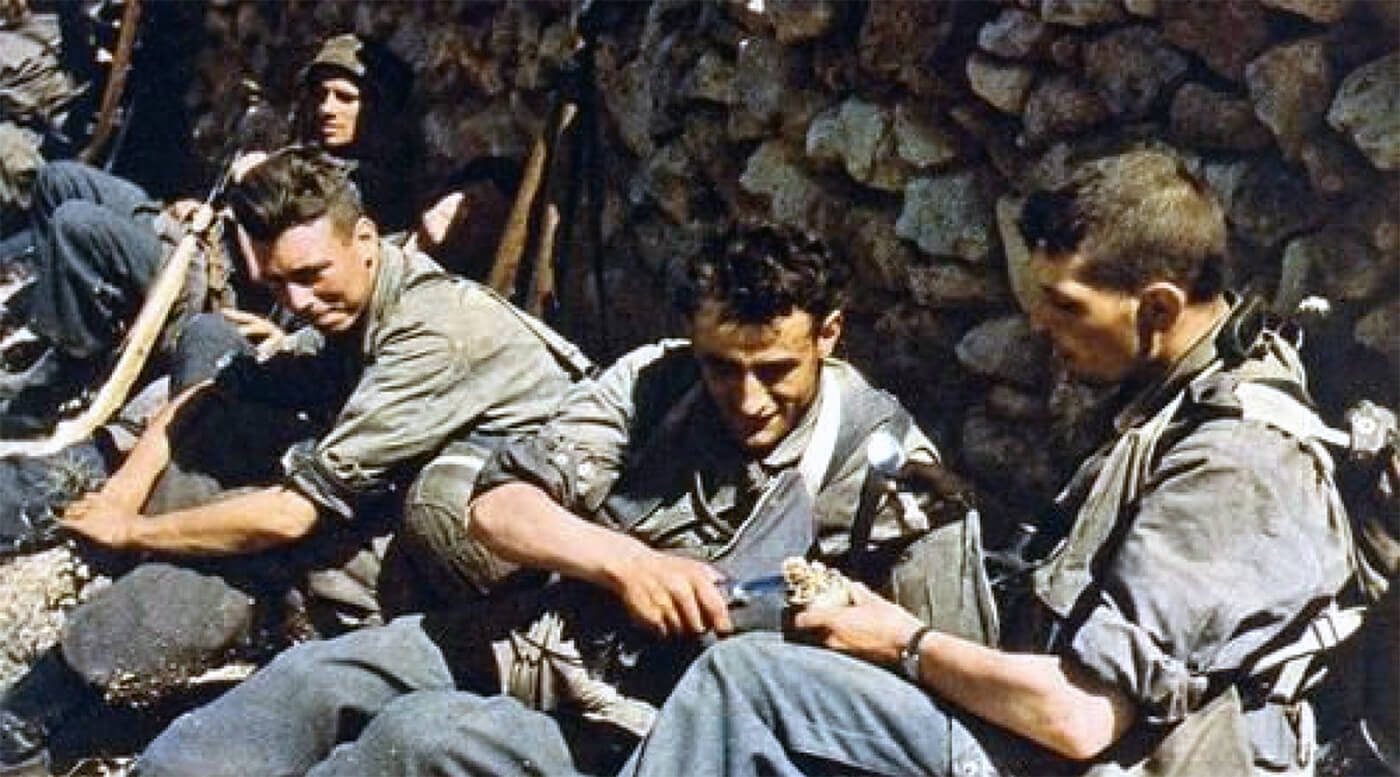| Special Forces Operations in June 1941 |
| June 7th, 1941 – June 8th, 1941 |
| Operation Exporter. Litani River Raid I |
| Commandos |
| C Battalion (No. 11 Commando (Lieutenant Colonel Pedder), Landing Ship, Infantry (Large) H.M.S. Glengyle, light cruiser H.M.S. Coventry, destroyers H.M.S. Ilex and H.M.S. Hotspur. Their mission is to seize and hold the Qasmiye bridge, Syria until relieved by the 21st Australian Infantry Brigade. 23:50. The Battalion embarks in Assault Landing Craft (ALC) 00:38. The Landing force arrives off the mouth of the River Litani. 01:00. The Assault Landing Craft are lowered into the water. 01:30. The operation is cancelled by Captain Petrie, Royal Navy. He had received information from Lieutenant Potter, Royal Navy (Senior Beachmaster) and Sub-Lieutenant Colenut, Royal Naval Volunteer Reserve, a Palestinian Policeman from Haifa. The two men had reconnoitred the landing beaches on June 7th, 1941, and their observations, together with Colenut’s local knowledge of the coast, gave rise to concerns about the troops landing safely. With the current weather and tidal conditions, there is a substantial risk of the Assault Landing Craft would broach or even capsize. Despite the fierce resistance of C Battalion’s officers against the cancellation the Convoy returns to Port Said, Egypt. |
| June 9th, 1941 – June 10th, 1941 |
| Operation Exporter. Litani River Raid II. |
| Commandos |
| C Battalion (No. 11 Commando (Lieutenant Colonel Pedder), Landing Ship, Infantry (Large) H.M.S. Glengyle, light cruiser H.M.S. Coventry, destroyers H.M.S. Ilex and H.M.S. Hotspur. Their mission is to seize and hold the Qasmiye bridge until relieved by the 21st Australian Infantry Brigade. 03:00. The Assault Landing Craft are lowered and start approaching the landing area. 04:20 – 04:50. C Battalion lands in three separate places, the initial landing is almost unopposed due to the defenders being in combat against the Australian troops. Since the Commandos land late the Vichy French defenders have enough time to destroy the bridge. In the days that the unit is involved in the fighting and take heavy casualties. One of them is Lieutenant Colonel Pedder, the battalion commander. He is killed in an assault on the French barracks. He is succeeded in command by Lieutenant Colonel Geoffrey Keyes, under which command the Commandos are able to secure the river crossing. They do this by crossing the river in canvas boats with the help of the Australian troops. A Vichy counterattack using armoured cars is drive repelled and a pontoon bridge across the river is constructed. Even though the unit is equipped with ammunition and food to last eight hours they eventually are involved in 29 hours of fighting. At the end of the battle 130 Commandos are killed or wounded. |

